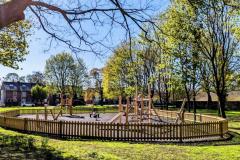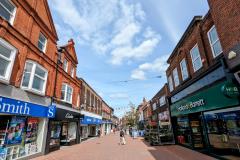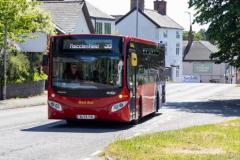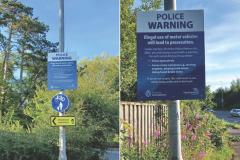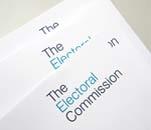
The independent Boundary Committee are carrying out a review of the electoral arrangements for the Cheshire East. The review will decide how many councillors should sit on the new unitary authorities and will also establish new boundaries for the council’s wards.
The review commenced on February 24th 2009 and draft recommendations have just been revealed, including maps of the proposed new wards that each councillor will represent.
Max Caller, Chair of the Boundary Committee, said: "Having fair electoral boundaries is important, especially given that the new unitary authorities in Cheshire are less than a year old. Our reviews aim at ensuring electoral equality, meaning that each councillor should represent a similar number of people."
“Earlier this year, we asked people and groups to tell us how many councillors the council should have and the areas each councillor should represent. That information forms the basis of our draft recommendations. Now we want people to tell us what they feel the impact of the recommendations will be on their community, if they think they can be improved, and what those changes should be.”
Based on the evidence received The Boundary Committee are recommending a council size of 82 elected members for the new Cheshire East authority.
In Wilmslow the committee recommend three single-member wards: Wilmslow Lacey Green, Wilmslow Dean Row and Wilmslow East which are projected to have 4% more, 3% fewer and 6% fewer electors per councillor respectively than the authority average by 2013.
In south west Wilmslow the Boundary Commitee recommend a two-member ward which combines Fulshaw and Pownhall Park & Morley. They also consider that there are strong communication links between the south-west of Wilmslow and the neighbouring parish of Chorley so they are recommending the inclusion of the parish of Chorley in a expanded two-member Wilmslow West & Chorley ward. This ward will have 8% more electors than
the authority average by 2013.
Both Labour and the Liberal Democrats proposed a single-member ward for
Fulshaw, which they asserted is a distinct community in the south-west of Wilmslow. The Boundary Commitee decided against these proposals stating there was not enough evidence of community identities or interests in support of a distinct Fulshaw ward.
In the remainder Wilmslow, the Council and Labour proposed a
pair of two-member wards, whilst the Liberal Democrats proposed four single-
member wards. All of these proposals broadly agreed that the River Bollin, which runs from west to east through the centre of the town, would be a strong natural ward boundary. The Liberal Democrats then further split the town following a north-south line, using Manchester Road and the mainline railway line.
The Committee wants to hear as much clear and well-argued evidence as possible in order to develop final recommendations. The full report, maps of the proposed new wards and details on how to submit proposals can be found on the Boundary Committee website.
Comments are being accepted until 31 January 2010. The Boundary Commission will then formulate their final recommendations ready for publication in Spring 2010.
Thanks to Councillor Marc Asquith for bringing this report to my attention and keeping me on my toes in regard to local council issues.

